Disclosure: This article contains affiliate links. We may earn a commission from purchases at no extra cost to you, which helps our travel content.
Standing at the crossroads where the Mediterranean meets the Atlantic, Tangier has long been Morocco's gateway to Europe. But while most travelers are drawn to the labyrinthine medina and bustling cafés, the real magic happens when you venture beyond the city limits into the emerald embrace of the Rif Mountains. As someone who's spent years balancing field research with family adventures, I've discovered that these accessible peaks offer a perfect respite from Tangier's sensory overload—and a window into Morocco's lesser-known ecological and cultural treasures.
Chefchaouen: The Blue Pearl of the Rif
My love affair with the Rif Mountains began in Chefchaouen, that impossibly photogenic blue city nestled like a sapphire in the mountain folds. Just two hours from Tangier, this azure-washed town offers the perfect introduction to the region's distinct Berber culture and Spanish-influenced history.
Wandering through the blue-painted medina, I'm always struck by how the color—originally introduced by Jewish refugees in the 1930s—creates a microclimate of tranquility. The blue walls actually serve a practical purpose: they repel mosquitoes, a fact that my epidemiologist brain finds fascinating. Local guides told me the color also keeps homes cooler in summer, an indigenous climate adaptation worth studying.
For the best experience, I recommend arriving early (before 10 AM) to beat the day-tripping crowds. Spend your morning getting purposefully lost in the winding streets before hiking up to the Spanish Mosque for panoramic views. The 45-minute walk follows a well-marked trail and provides the perfect vantage point for watching afternoon light transform the blue city into a photographer's dream.
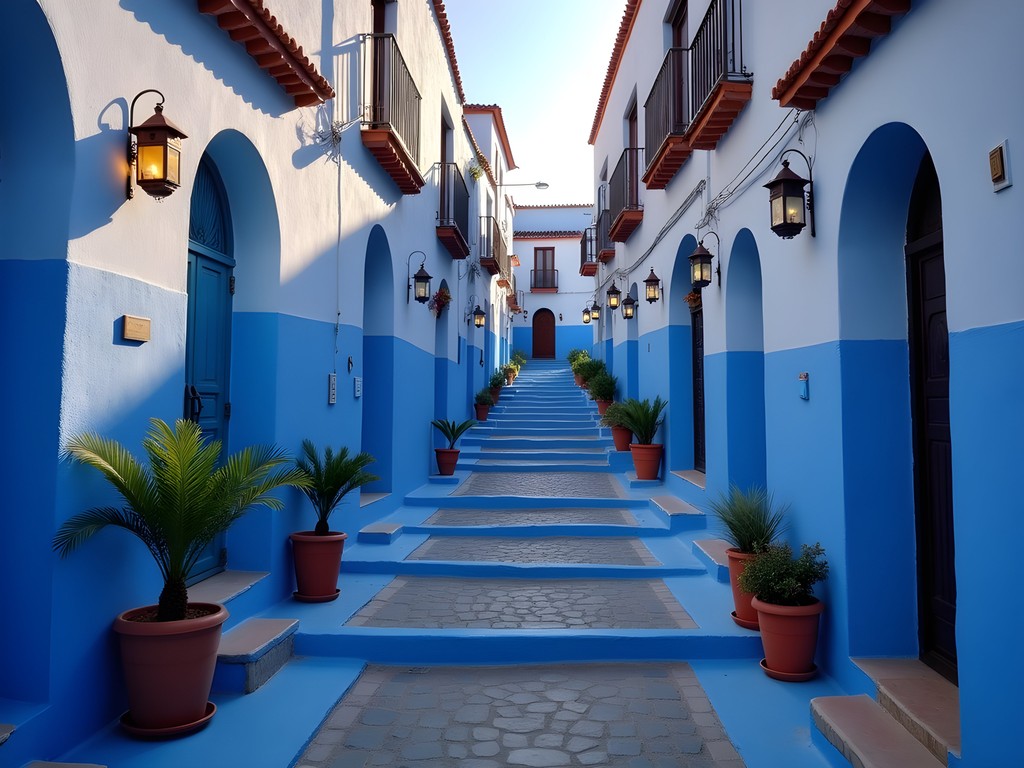
💡 Pro Tips
- Visit on weekdays to avoid weekend crowds from Tangier and Tetouan
- The Kasbah Museum costs only 60 dirhams (~$6) and provides excellent historical context
- Bring cash as many smaller shops don't accept cards
Talassemtane National Park: Biodiversity Haven
As someone who's studied disease ecology, I'm particularly drawn to biodiversity hotspots—and Talassemtane National Park is among Morocco's finest. This 60,000-hectare protected area harbors the last remaining Moroccan fir forests and over 1,380 plant species, including many found nowhere else on Earth.
On my third day in the region, I joined a guided hike from the village of Akchour to the spectacular God's Bridge, a natural rock arch spanning a crystal-clear river. The 7km round-trip trail winds through fragrant cedar forests and past cascading waterfalls, offering moderate terrain suitable for reasonably fit hikers. I've found my trekking poles invaluable on these paths, especially during stream crossings and steeper sections.
The park's ecological significance can't be overstated—it's part of the Intercontinental Biosphere Reserve of the Mediterranean, the first of its kind to span two continents. For wildlife enthusiasts, the Barbary macaque sightings alone are worth the journey. These endangered primates are now found only in isolated parts of Morocco and Algeria, making conservation efforts here critical.
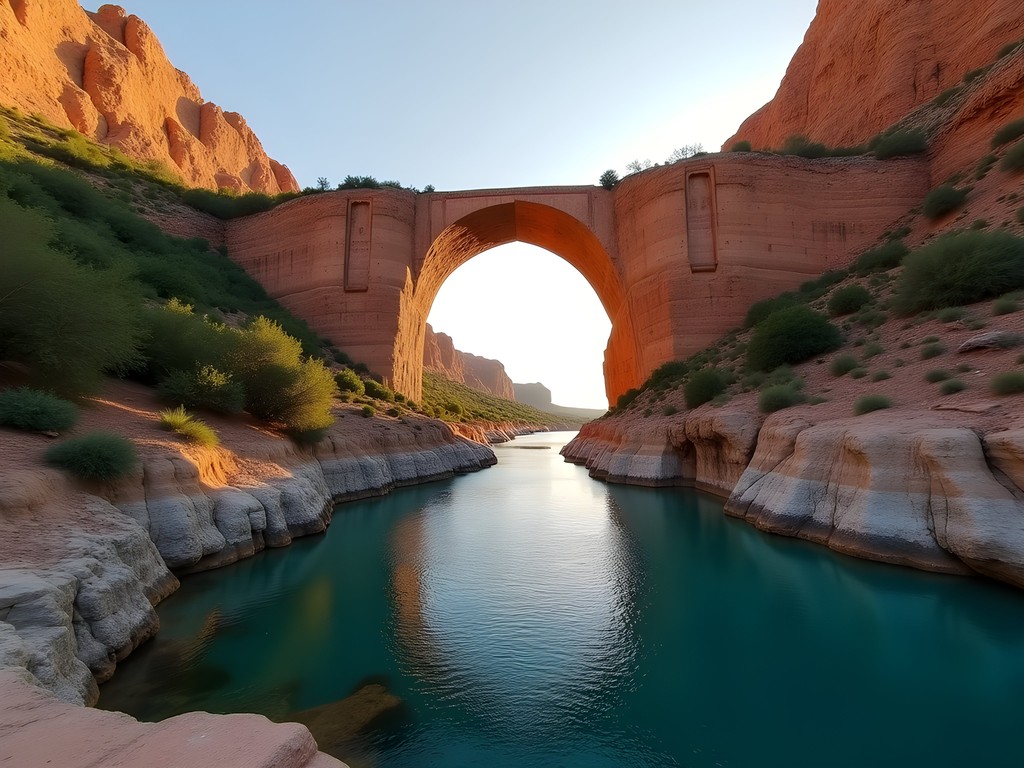
💡 Pro Tips
- Hire a local guide through your accommodation for the best experience and to support the local economy
- Pack a water filter to safely refill from mountain streams
- The park entrance fee (50 dirhams) helps fund conservation efforts
Tetouan: Where Andalusian and Moroccan Cultures Merge
Just an hour from Tangier lies Tetouan, a city that captivated me with its unique blend of Andalusian and Moroccan heritage. The UNESCO-listed medina here feels distinctly different from others I've explored in Morocco—its whitewashed buildings and Spanish architectural influences reflect the city's history as a refuge for Muslims expelled from Spain in the 15th century.
What makes Tetouan particularly special for day-trippers is its location: nestled between the Mediterranean coast and the Rif Mountains, it offers both cultural immersion and natural beauty. I spent a fascinating morning at the Ethnographic Museum, where the displays on traditional mountain medicine connected surprisingly well with my epidemiology background—many modern pharmaceuticals trace their origins to plants first used by indigenous healers in these mountains.
For lunch, head to the new city's Plaza Primo, where locals gather at cafés serving mint tea and pastries with clear Spanish influences. I've found that a pocket translator helps tremendously in this region, where the local dialect blends Arabic, Berber, and Spanish influences.

💡 Pro Tips
- Visit the Royal Artisan School to watch traditional crafts being made using centuries-old techniques
- The Archaeological Museum provides context for the region's complex cultural history
- Fridays are quieter for exploring as many locals attend prayers
Sustainable Trekking: Multi-Day Adventures in the Eastern Rif
For those with more time and a spirit of adventure, the eastern Rif offers multi-day trekking opportunities that few international travelers experience. Working with local guides from the village of Bab Berred, I embarked on a three-day circuit that connected remote Berber communities practicing traditional agriculture on impossibly steep terraced fields.
What struck me most was how these communities have developed sustainable water management systems over centuries—knowledge increasingly valuable as climate change affects rainfall patterns across North Africa. As someone who studies population health, I couldn't help but notice how diet and lifestyle in these mountain villages contributed to remarkable longevity among elders.
Preparing for multi-day treks requires thoughtful packing. Beyond the usual hiking essentials, I've found my solar charger indispensable for keeping devices powered in remote areas. For overnight stays, many villages offer basic homestays, providing an authentic glimpse into mountain life while directing tourism dollars to communities that need them most.
The terrain can be challenging, with elevations ranging from 500-2,000 meters and sometimes steep ascents. My hiking boots have proven perfect for these conditions—supportive enough for rocky terrain yet comfortable for long days on the trail.
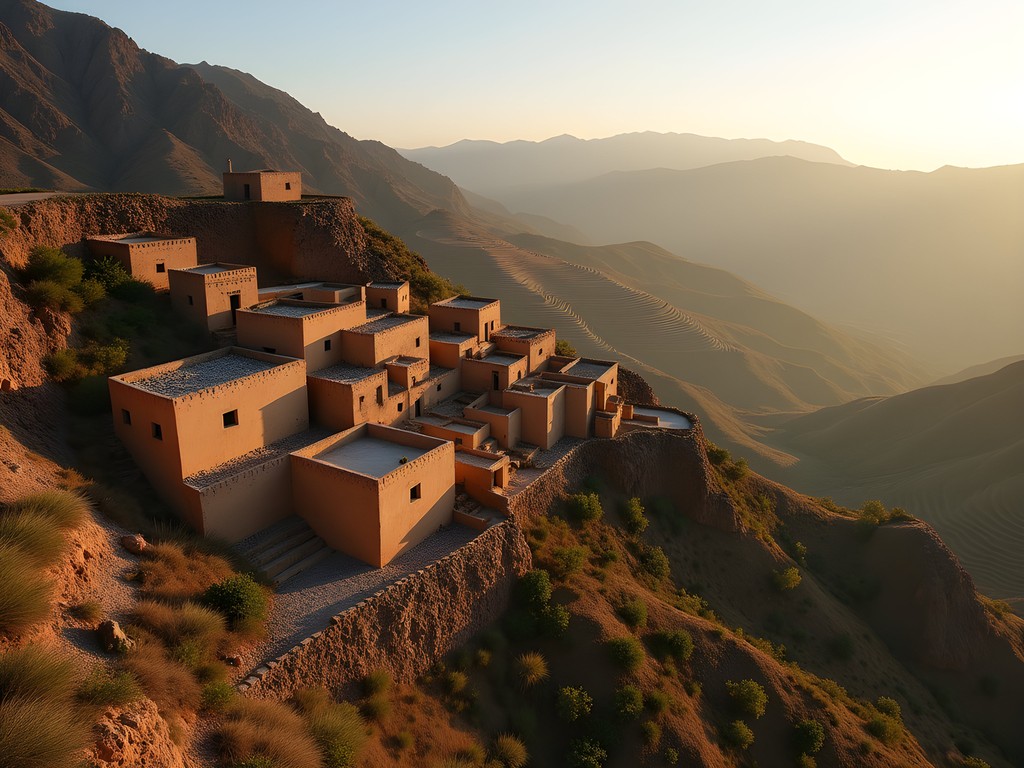
💡 Pro Tips
- Book multi-day treks through reputable agencies in Chefchaouen that work directly with mountain communities
- Learn basic Berber greetings as a sign of respect when visiting remote villages
- Pack a quick-dry towel for impromptu stream bathing opportunities
Cannabis Country: Navigating the Complex History of Kif
It would be intellectually dishonest to write about the Rif Mountains without acknowledging their complicated relationship with cannabis cultivation. This region has historically been Morocco's primary cannabis-growing area, locally known as 'kif'—a fact that has shaped both its economy and international reputation.
As a public health professional, I approach this topic from a perspective of harm reduction and cultural understanding rather than judgment. Cannabis has been cultivated here since at least the 15th century, deeply integrated into the agricultural traditions of certain communities, particularly around Ketama. Morocco has recently begun legalizing cannabis for medicinal and industrial use, potentially transforming the region's relationship with this controversial crop.
For travelers, it's important to understand the nuances. While you'll likely smell cannabis being smoked in certain areas, and may be approached with offers to buy, remember that recreational use remains illegal. More interestingly, many communities are now developing alternative economies through ecotourism and artisanal products. I was particularly impressed by women's cooperatives producing mountain honey and aromatic herbs—sustainable alternatives that honor traditional knowledge while creating new economic opportunities.
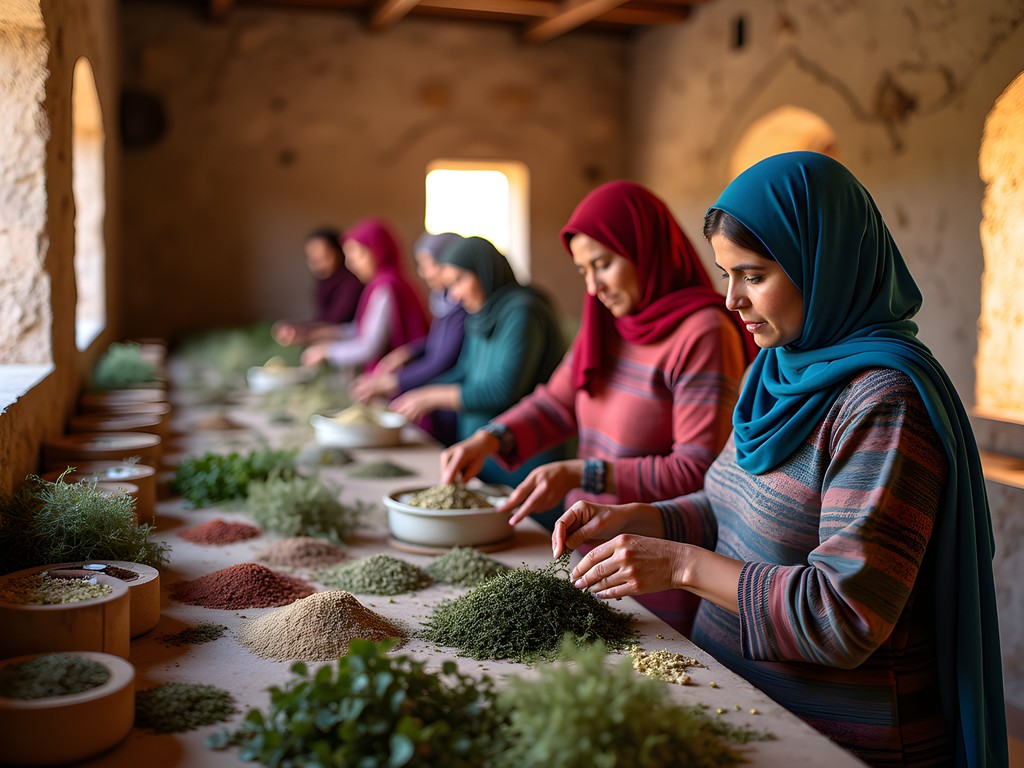
💡 Pro Tips
- Never photograph cannabis fields or processing areas without explicit permission
- Support local businesses that provide alternatives to the cannabis economy
- Respect local customs and dress modestly when visiting rural communities
Final Thoughts
The Rif Mountains offer a compelling counterpoint to Morocco's better-known destinations—a place where biodiversity, cultural resilience, and complex history converge just hours from Tangier's ferry terminals. As climate change intensifies and tourism patterns evolve, these mountains stand at a crossroads of their own: balancing tradition with necessary adaptation.
What makes the Rif especially valuable for thoughtful travelers is the opportunity to witness sustainable practices that have endured for centuries—water conservation techniques, terraced agriculture, and traditional building methods that work in harmony with the landscape rather than against it. These aren't just quaint cultural artifacts; they're living examples of climate adaptation we would do well to study.
As you plan your own journey beyond Tangier's medina, I encourage you to approach these mountains with both curiosity and respect. Hire local guides, stay in community-based accommodations, and take time to learn from those who have called these peaks home for generations. The Rif Mountains may not feature prominently in glossy travel brochures, but therein lies their greatest gift—authentic experiences in landscapes still shaped more by local hands than global tourism.
✨ Key Takeaways
- Chefchaouen makes an ideal base for exploring the western Rif Mountains
- Multi-day trekking offers deeper cultural immersion than day trips alone
- Supporting local cooperatives and sustainable tourism initiatives helps communities develop alternatives to cannabis cultivation
- Fall offers ideal hiking conditions with moderate temperatures and clear mountain views
- Local guides provide invaluable cultural context and access to communities off the tourist trail
📋 Practical Information
Best Time to Visit
September to November
Budget Estimate
$50-100/day including transportation, accommodation, food and activities
Recommended Duration
3-7 days
Difficulty Level
Moderate

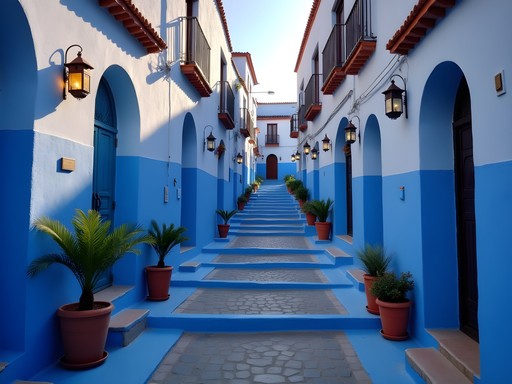
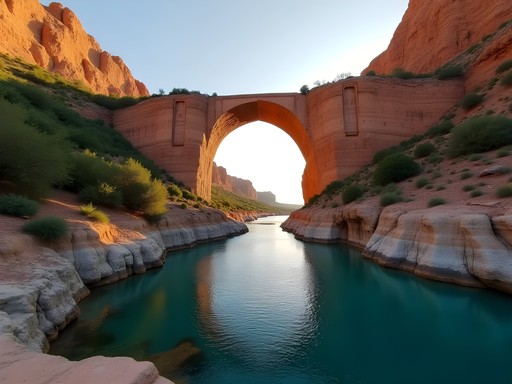

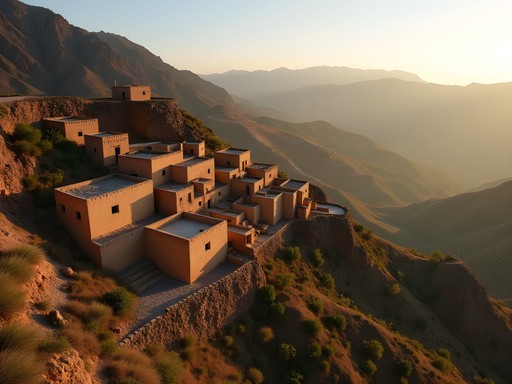
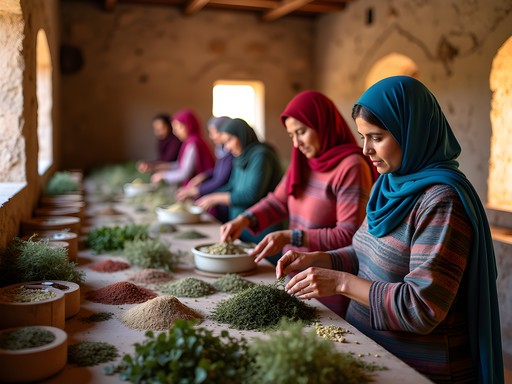


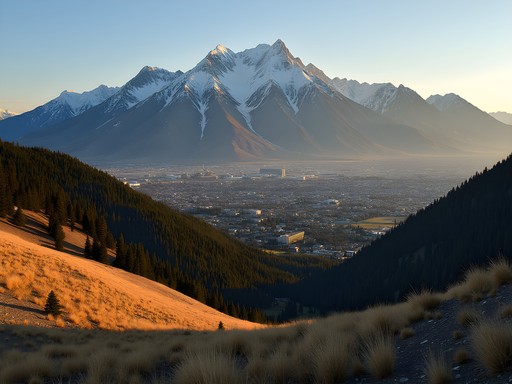

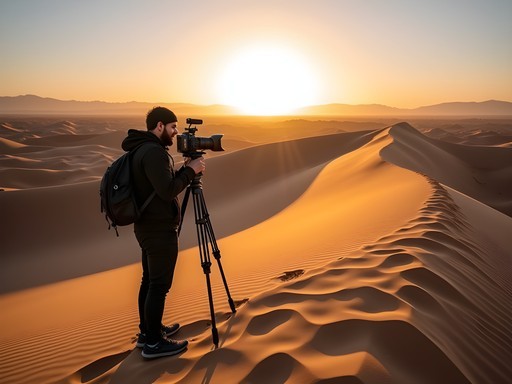
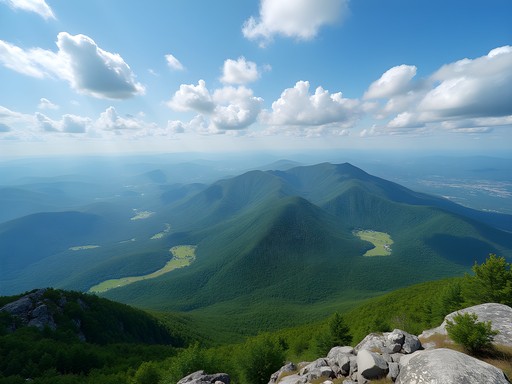


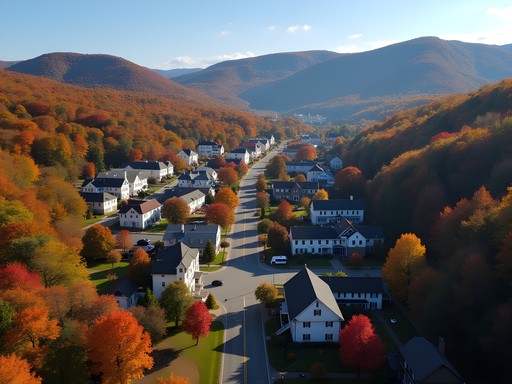
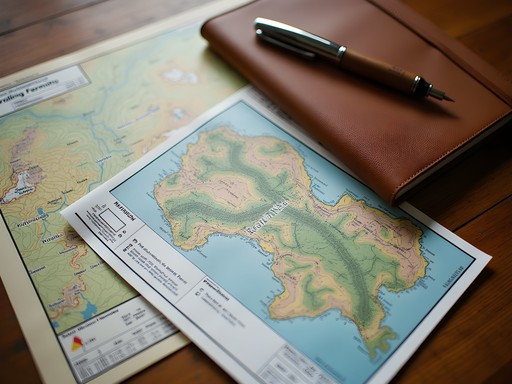
Comments
MoroccoFan22
If you're doing these day trips, make sure to bring a good water bottle and layers! The temperature difference between Tangier and up in the mountains caught me off guard. I used my hiking daypack which was perfect for carrying extra clothes and water.
TravelingTeacher
How safe is it for solo female travelers in the Rif region? Considering a trip during winter break.
skyperson
I went solo (female) last month and felt very safe in Chefchaouen and Tetouan. Standard precautions apply. The locals were incredibly helpful.
Hazel Anderson
Hi TravelingTeacher! I've traveled solo throughout the region and found it generally quite safe. In the smaller villages, you might attract curiosity but rarely any trouble. For hiking, I'd recommend joining a group or hiring a guide, less for safety and more for navigation and cultural context.
MoroccanExplorer
Love the focus on sustainable trekking! The Rif deserves more attention.
Frank Garcia
Great article highlighting alternatives to the usual Morocco circuit! For anyone planning to visit Talassemtane National Park, I highly recommend the Akchour Waterfalls hike - it's about 2-3 hours return and suitable for moderate fitness levels. The 'Bridge of God' natural arch is truly spectacular. Start early (before 9am) to avoid crowds and the midday heat. There are small cafes along the river where you can stop for fresh orange juice and tagine. The road getting there is a bit rough, so consider hiring a driver from Chefchaouen rather than attempting it yourself if you've rented a car.
Megan Martin
Great write-up, Hazel! I visited the Rif Mountains last year while on assignment and can confirm these day trips are absolutely worth it. For those considering Talassemtane National Park, I'd recommend arranging a local guide in advance - the biodiversity is incredible but some trails aren't well-marked. We spotted several endemic bird species that our guide pointed out that we would have completely missed otherwise. One tip for getting to Tetouan: the CTM buses are reliable and comfortable, but book your return ticket when you arrive as afternoon buses can fill up quickly, especially in high season. The Andalusian architecture there truly is a highlight that many travelers miss when focusing only on Chefchaouen.
mountain_wanderer
Any recommendations for specific guides in Talassemtane? Planning a trip in November.
Megan Martin
I worked with a guide named Hassan through the visitor center in Chefchaouen. Very knowledgeable about local flora and fauna. Most accommodations can also arrange reliable guides. November should be beautiful with fewer crowds!
skyperson
Just got back from Chefchaouen last week! The blue streets are even more stunning in person than in photos.
Megan Martin
Did you stay overnight? I've heard sunset there is magical when all the day-trippers leave.
skyperson
Yes! Stayed 2 nights at a small riad. Evenings were peaceful and the morning light on the blue walls was incredible. Definitely worth more than just a day trip.
starpro
Those photos of Chefchaouen are amazing! Is it really that blue in person? Also wondering if one night there is enough or should I plan for two?
Hazel Anderson
It's genuinely that blue! The photos aren't enhanced much. I'd recommend two nights if you can spare them - one for exploring the medina and another for hiking in the surrounding hills. The morning light on the blue walls is spectacular for photography.
luckybuddy
We did two nights in Chefchaouen last year and it was perfect! Don't miss sunset from the Spanish Mosque viewpoint.
Douglas Bradley
Excellent write-up on the Rif Mountains, Hazel! I spent three weeks exploring this region last year, and your assessment of Talassemtane National Park is spot-on. The biodiversity there is remarkable - we spotted several Barbary macaques and even the elusive Mediterranean chameleon. For anyone planning multi-day treks, I'd emphasize connecting with local guides through the Chefchaouen tourism office rather than booking online. Not only is it more affordable, but the local ecological knowledge is invaluable. The trails between Akchour and Bou Ahmed offer some of the most dramatic landscapes with significantly fewer tourists than the popular waterfall routes. I'd recommend bringing a good topographical map as cell service is spotty at best in the deeper valleys.
starpro
Did you feel safe hiking there? I'm a solo traveler and wondering if I should join a group instead.
Douglas Bradley
The main trails are quite safe for solo hikers, but for the remote areas I'd definitely recommend a guide. The terrain can be challenging and weather changes quickly in the mountains. I used my hiking GPS which was invaluable when fog rolled in unexpectedly.
luckybuddy
Great post! I'm heading to Tangier in November. How's the public transport to Chefchaouen? Reliable enough for a day trip or should I hire a driver?
Hazel Anderson
Thanks! Public transport is decent - CTM buses run regularly to Chefchaouen (about 3.5hrs each way). For a day trip, I'd recommend a driver though, gives you more flexibility. The grand taxis at Tangier's station are a good middle ground if you're on a budget.
luckybuddy
Perfect, thanks for the tip! Might splurge on the driver since time is limited.
wanderfan8646
Just got back from Tetouan and it was such an underrated gem! The medina there feels so much more authentic than Marrakech - barely any tourists and the craftspeople are doing their work for locals, not visitors. The Spanish influence is really evident in the architecture. We hired a local guide through our riad who showed us the Jewish quarter and explained the multicultural history. If you go, try to visit on Wednesday or Thursday when the women's market is happening - incredible textiles and traditional crafts. The food scene is excellent too - more seafood influence than inland cities. Hazel, thanks for highlighting these less-visited spots!
Venture X
Premium card with 2X miles, $300 travel credit, Priority Pass